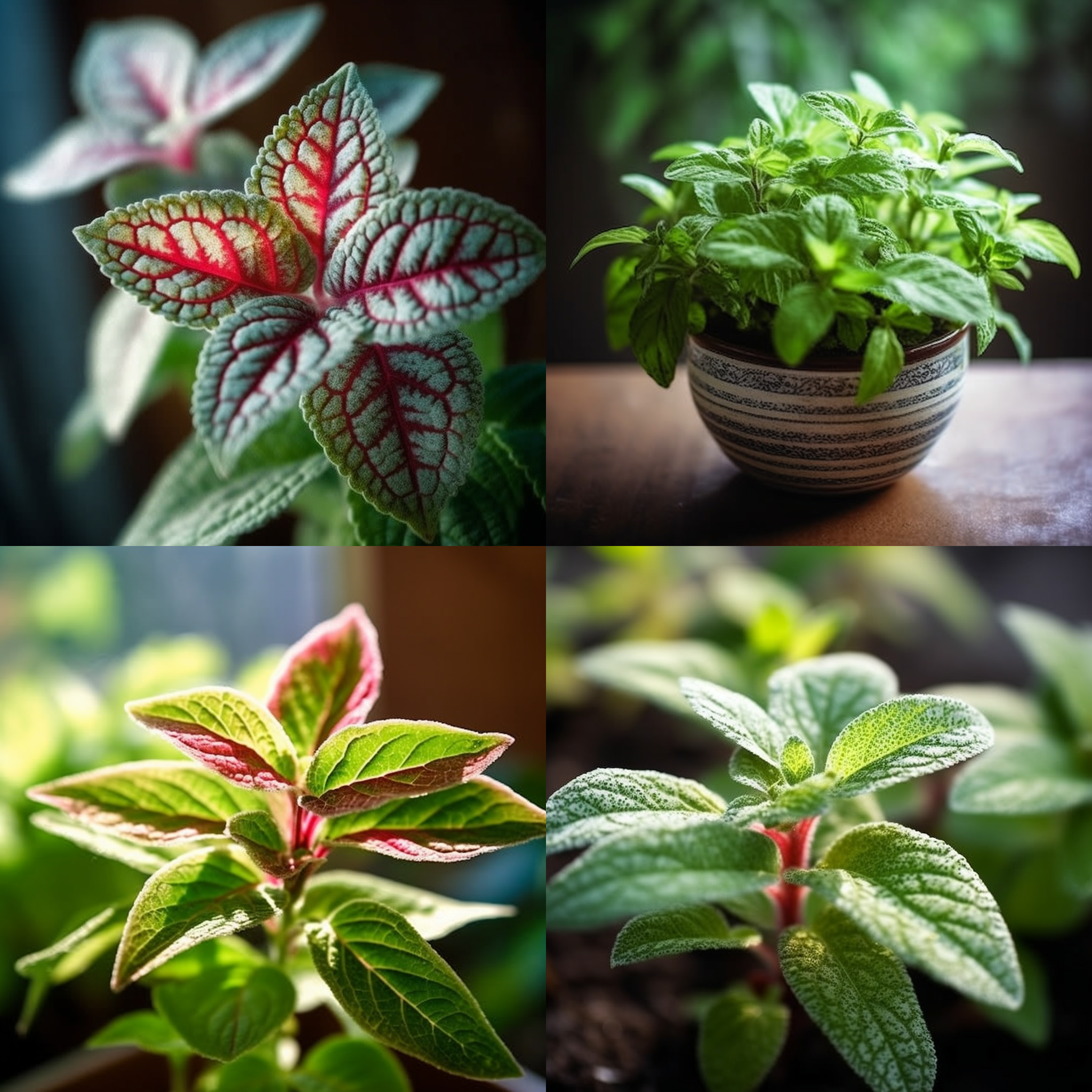Story of Day :
Contents
The Peppermint Plant: A Complete Guide and Care Tips
Peppermint is a versatile herb that has been used for centuries in herbal remedies, cooking, and even as a natural insect repellent. Peppermint plants can be easily grown at home or in your garden and are relatively low maintenance. In this article, we will discuss everything you need to know about growing peppermint plants.
What is a Peppermint Plant?

A peppermint plant (Mentha x piperita) is a hybrid of two other species of mint – spearmint and watermint. Like most mints, it has square stems that grow up to 3 feet tall with oval-shaped leaves that are dark green with reddish veins. The leaves give off an intense aroma when crushed or rubbed.
Growing Conditions

Peppermint plants thrive in cool climates with partial shade but can also grow well in full sun if they receive enough moisture. They prefer soil that is moist but well-draining and fertile. It’s important to note that mint plants are invasive and can take over your garden if planted directly into the ground without proper containment measures.
- Planting Time: Peppermints should be planted after the last frost has passed during the spring season or early fall.
- Sunlight Requirement: Partial shade to full sun for at least six hours per day.
- Ideal Soil Condition: Moist but well-draining soil with a pH between 6-7.
- Watering Needs:</u Regular watering required to keep the soil moist (not waterlogged).

Care Tips
- Fertilization: Peppermint plants do not require much fertilization, but a light application of organic fertilizer in the early spring can help them grow. Avoid over-fertilizing as this can lead to weak and spindly growth.
- Pruning: Prune your peppermint plant regularly to encourage bushy growth and prevent it from getting too leggy. Cutting back the stems by about half their length after flowering will promote new growth.
- Pest Control: Peppermint is naturally pest-resistant due to its strong aroma, but you may still encounter pests such as spider mites or aphids. You can control these pests with insecticidal soap or by regularly spraying your plant with water to remove any buildup of dust or debris.

Harvesting
You can begin harvesting peppermint leaves once the plant has reached at least 6 inches in height. The best time to harvest is early morning when the oil concentration is highest. Use sharp scissors or pruning shears to cut off individual leaves about an inch above the soil level.
- Drying: Spread out harvested leaves on a paper towel and leave them in a warm, dry place for several days until they are completely dry.
- Storage: Store dried leaves in an airtight container away from direct sunlight for up to one year.
Culinary Uses
The refreshing taste of peppermint makes it an excellent herb for culinary purposes. It’s commonly used in teas, desserts, cocktails, and even savory dishes like lamb and pork recipes.Suggestions:
- Add fresh mint leaves into salads or use them as garnishes on summer cocktails
- Mix them into yogurt or fruit smoothies
- Use fresh mint with roasted vegetables or grilled meats as a simple yet delicious seasoning.
Conclusion
Growing peppermint plants is an easy and rewarding way to add flavor and aroma to your life. With the proper care, you can enjoy harvesting fresh mint leaves for culinary and medicinal purposes throughout the year.
Remember to keep your peppermint plant contained and well-pruned, maintain moist soil, protect it from pests, know when to harvest its leaves, and don’t be afraid to experiment with incorporating it into different recipes. Happy growing!
